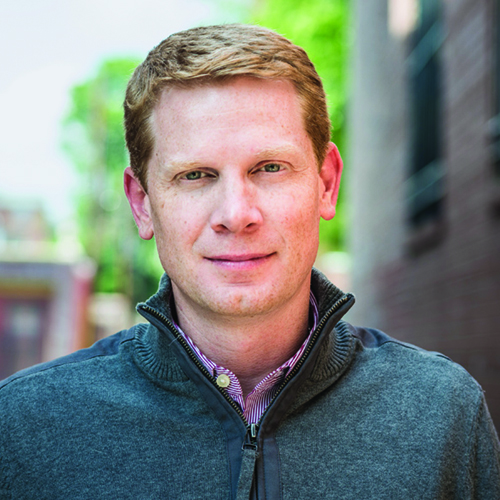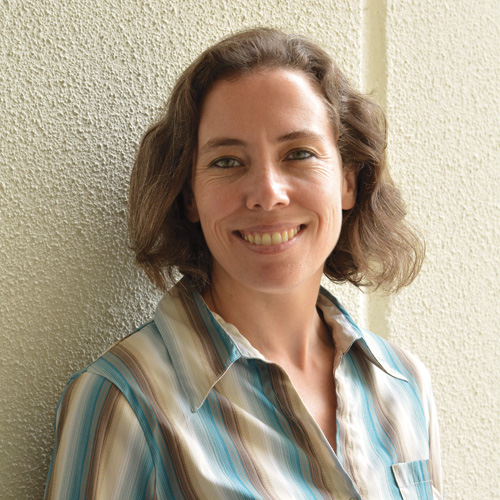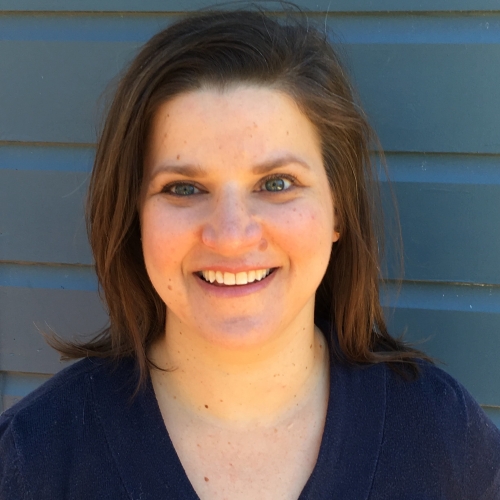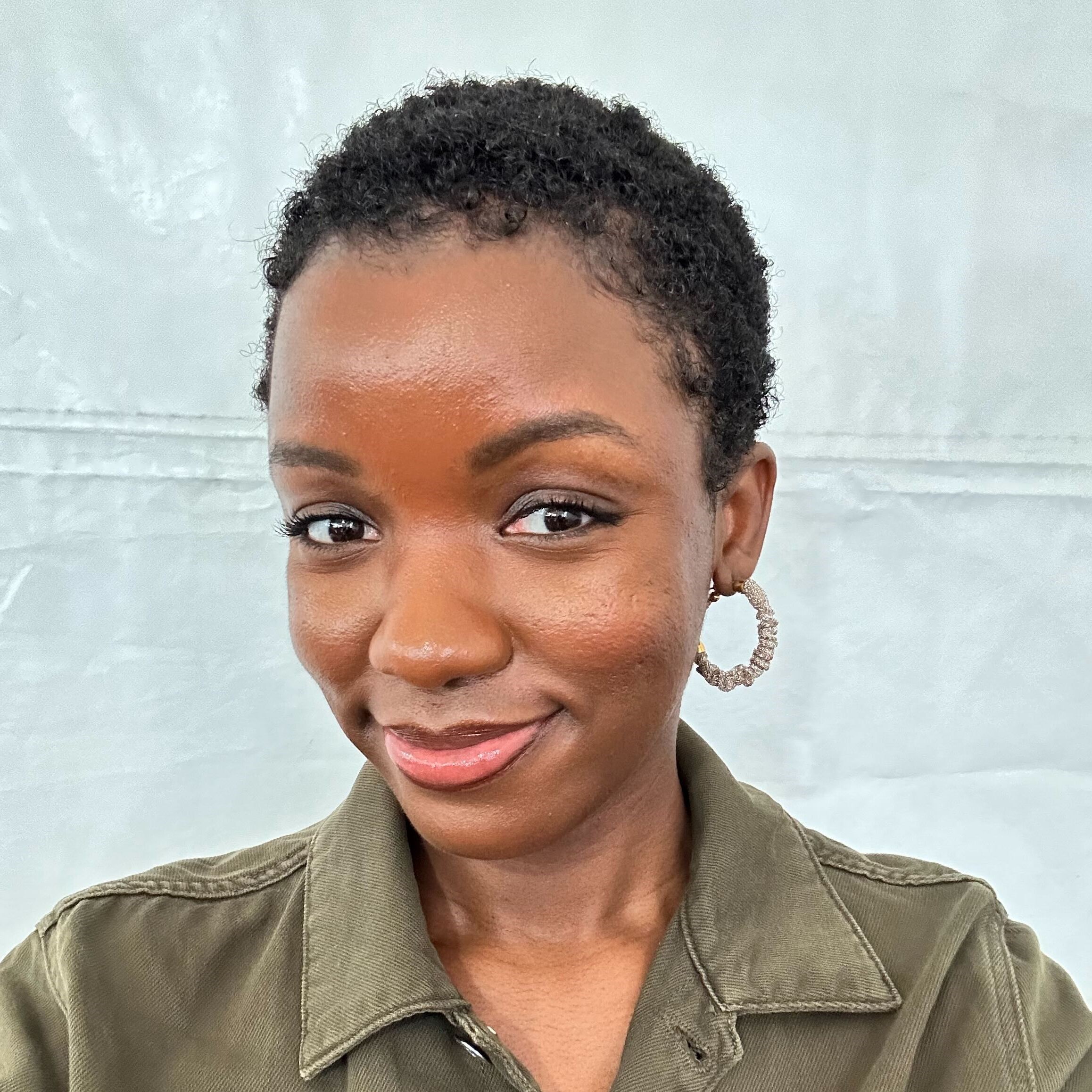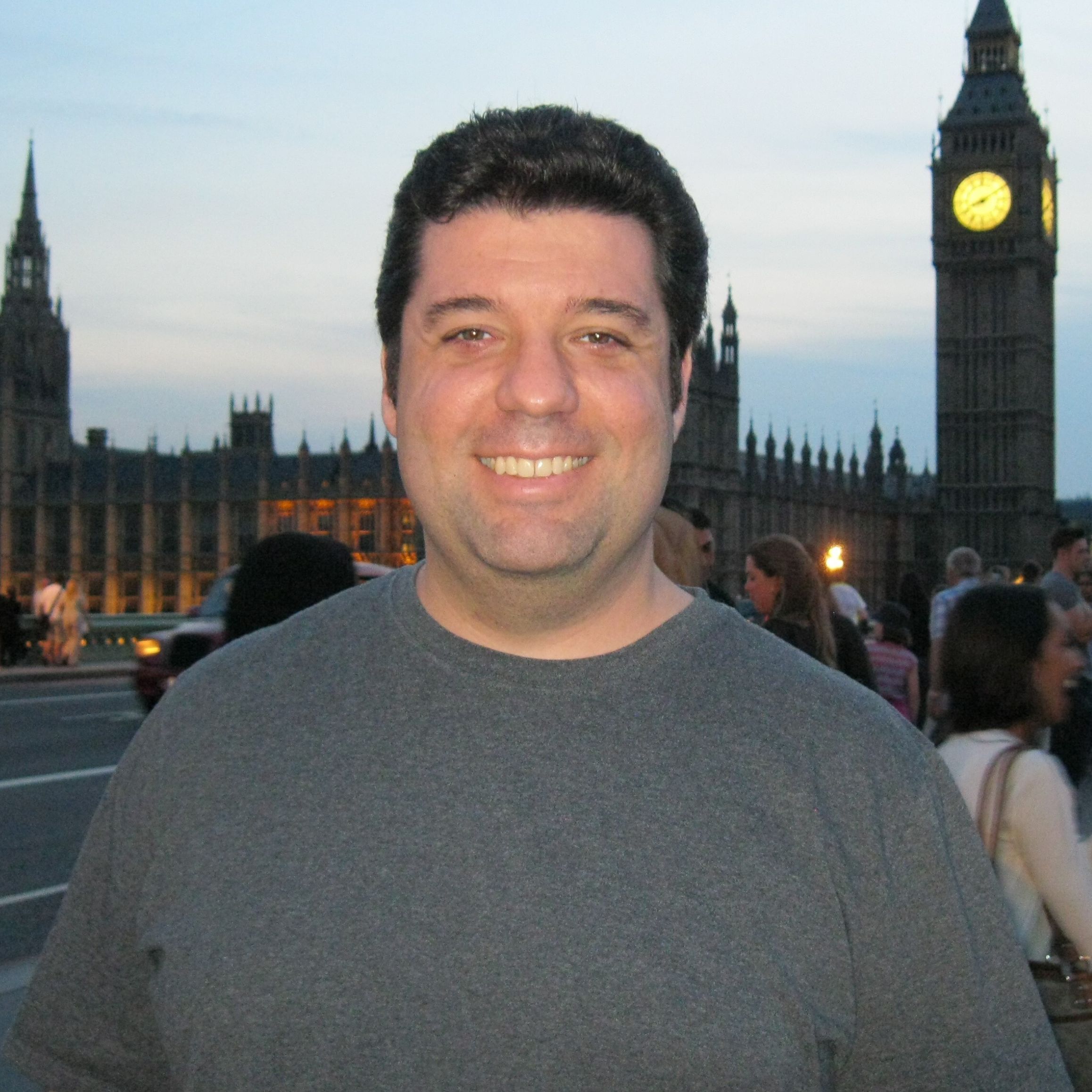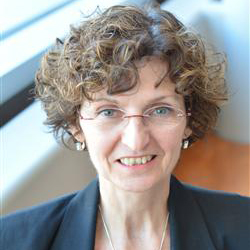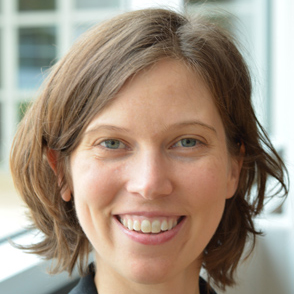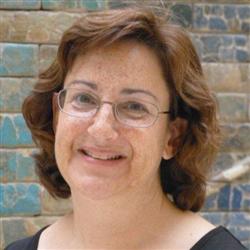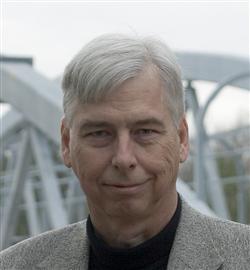Award-winning magazine American Scientist is an illustrated bi-monthly publication about science, engineering, and technology—published by Sigma Xi, The Scientific Research Honor Society since 1913.
Each issue is filled with feature articles written by prominent scientists and engineers who review important work in fields ranging from molecular biology to computer engineering. Also included is the Scientists' Nightstand that reviews a vast range of science-related books.
Full access to the site is provided without additional charge to Sigma Xi members and institutional subscribers, who arrange site licenses. Individual subscribers can choose between print and digital versions, or a combination of both. You can subscribe via our publisher, Sigma Xi: The Scientific Research Honor Society, a non-profit membership society, 501(c)3, founded in 1886 to honor scientific achievement, foster ethical research, and promote science education and the public appreciation of science.
Online, we host four types of blogs:
- Macroscope—scientists discuss new directions or issues,
- The Long View—authors update a magazine feature with the latest research,
- Science Culture—staff and scientist authors write about the interaction between science and culture,
- From The Staff—our editorial team blogs and discusses what's on our radar.
Want to write for us?
Commenting on our articles? Please see our comments policy.
Looking for our digital edition?
Subscribe to our podcast on Apple podcasts?
Trying to contact us?
American Scientist Staff
Jamie Vernon is the Executive Director and CEO of Sigma Xi, The Scientific Research Honor Society, and Publisher of American Scientist magazine. Prior to this, Jamie served as director of science communications and publications at Sigma Xi and editor-in-chief of American Scientist.
An award-winning science educator, he began communicating science to the public as an independent blogger and public speaker. He went on to become a regular contributor to The Intersection, a Discover magazine blog about science and policy. He subsequently worked at the U.S. Department of Energy as an American Association for the Advancement of Science (AAAS) Science & Technology Policy Fellow and an Oak Ridge Institute for Science and Education (ORISE) Fellow, where he developed strategies to measure and communicate the economic impacts of the Department’s annual investment in energy efficiency and clean energy technologies. In 2012, he served as co-chair of digital communications for the Interagency Communication and Education Team at the United States Global Change Research Program.
Earlier, Jamie spent more than a decade conducting molecular biology discovery research with an emphasis on HIV vaccines and genetic engineering technologies. He holds a PhD in cell and molecular biology from the University of Texas at Austin, a MS in biotechnology from East Carolina University, and a BS in zoology from North Carolina State University.
Twitter: @JLVernonPhD
Fenella Saunders is the editor in chief of American Scientist, where she has been on staff since 2005 and served as managing editor and executive editor as well. She was previously a science writer/editor for New York University School of Medicine's publications office and associate editor of their magazine, NYU Physician. Additionally, she spent eight years at DISCOVER magazine, where she was an associate editor and online editor. A coauthor of Popular Science's Space 2100: To Mars and Beyond in the Century to Come (Time Inc., 2003), she has also freelanced for Popular Mechanics, Scholastic, The Learning Channel, and The Discovery Channel.
She received a BA degree in computer science from Duke University and a Master's degree in psychology and animal behavior from Hunter College of the City University of New York. She has been selected as a fellow for the Knight Science Journalism Fellowship's workshops on nanotechnology at MIT in 2009 and 2015, and for their multimedia bootcamp at UC Berkeley's School of Journalism in 2010. She has been a Sigma Xi member since 2004 and is the vice president of the RTP chapter. Besides her skills in print writing and editing, she is proficient in audio and video editing and has a deep understanding of social media, new media, and publishing in the digital age.
Twitter: @FenellaSaunders
Stacey Lutkoski is the managing editor of American Scientist. She is a certified Project Management Professional with a background working in academic and educational publishing at MPS North America, Duke University Press, and J&J Editorial.
Prior to her career in publishing, Stacey studied the intersection of empire, science, and food in early modern England at the University of Southern California, where she earned an MA in history. She has an MPhil in historical studies from the University of Cambridge and a BA in history and English from Oberlin College.
Nwabata Nnani is the digital managing editor of American Scientist since July 2023. With over a decade of experience in the digital media industry, Nnani has developed a deep understanding of the evolving media landscape and its impact on the dissemination of information. Since graduating from North Carolina Agricultural and Technical State University with a bachelor of science in journalism and mass communication, Nnani has a proven track record of successfully managing editorial teams and producing high-quality content. Adept at identifying emerging trends and implementing innovative digital initiatives, Nnani looks to engage a broader audience through diverse and captivating storytelling.
Jaime Herndon is American Scientist's book reviews editor. She has written for a variety of publications, including Book Riot, Healthline, Undark, Health Union, Foreword magazine, Today’s Parent, The Artful Parent, and Columbia Magazine.
She earned her BA in psychology from Muhlenberg College, an MS in clinical health psychology from Philadelphia College of Osteopathic Medicine, an MPH in maternal-child health from UNC-Chapel Hill, and an MFA in nonfiction writing from Columbia University. After deciding to specialize in science/medical writing, she went on to earn a certificate in science writing from Johns Hopkins. Her academic work centered around women’s and children’s cancers, psychosocial oncology, and parenting. Along with oncology, her interests include US national parks, light pollution, and children’s environmental education.
Nicholas Gerbis is associate editor for American Scientist. He joined the editorial staff after spending more than seven years as the award-winning senior field correspondent for science, health, innovation, and technology at National Public Radio’s Phoenix member station, KJZZ News. In addition to his more than 14 years as an independent journalist and editor for clients such as Discovery Channel, Animal Planet, TLC, HowStuffWorks, and numerous science societies and publications, he has served as communications director for nonprofit organizations focused on behavioral health policy, biosciences and water scarcity. He also spent three years teaching college-level science and critical thinking courses at the University of Wisconsin-Eau Claire.
Nicholas has earned a master’s degree from the Walter Cronkite School of Journalism and Mass Communication. He also holds a Master of Science in geography from the University of Delaware and a Bachelor of Science in geography from Arizona State University, both with climatology emphases. He is an accomplished audio reporter, producer and editor, and has received training in investigative and deep data reporting from ProPublica.
Twitter: @ngerbis
Bluesky: @ngerbis.bsky.social
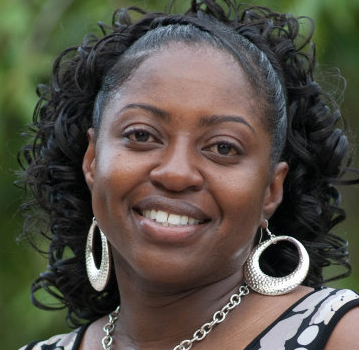
editorial associate
Mia Evans
Mia B. Evans is the coordinator of editorial operations, editorial assistant, and cartoon editor of American Scientist. She has been on staff since January 2001 and began as the administrative assistant in human resources. Mia transitioned into the coordinator of editorial operations position in April 2003. She handles permission requests, foreign usage contracts, author honoraria, royalties, PDFs for online usage, and the American Scientist copyright with the Library of Congress. She also composes correspondence for outgoing notification of copyright violations and maintains the entire American Scientist database of author and contributor information.
Before Sigma Xi, Mia spent five years as a lead processor for the FFELP program with North Carolina State Education Assistance Authority. She was the liaison to NCSEAA section personnel (Accounting, Computer Services, Administration, and Attorney General’s Office) on behalf of FFELP Information Services. Before her departure she designed and composed the training manual for the processing assistant position while working in the Nurse Scholars Program.
Barbara Aulicino joined the staff of American Scientist as a graphic artist in 2000 and became the art director in 2004.
Previously, she was a document designer at the American Board of Pediatrics where she also worked on multimedia projects. She has worked as a graphic artist in New York and in North Carolina. She studied art at Pratt Institute, and received a BA degree in fine art from Brooklyn College of the City University of New York. She attended a 2013 Interactive Designer Workshop at the University of North Carolina at Chapel Hill, and she looks forward to being involved in interactive design projects for Sigma Xi and American Scientist.
A love of nature has led her to attend botanical illustration classes at North Carolina Botanical Garden, and she studies painting with a local artist. She also enjoys training dogs in obedience and agility and competing in AKC and UKC agility trials with her Golden Retrievers.
Corey S. Powell is a contributing editor of American Scientist. He is also science editor at Aeon magazine, Editor at Large at DISCOVER magazine and a freelance contributor to Slate , Popular Science, and Nautilus. He has collaborated with Bill Nye on the books Undeniable and Unstoppable. Corey spent 15 years on staff at DISCOVER, including five years as editor in chief. Before that he served eight years on the Board of Editors at Scientific American.
Corey has coordinated partnerships with the National Science Foundation and National Science Teachers Association, and has taught in NYU’s SHERP science journalism program, where he is currently a Visiting Scholar. He is the author of God in the Equation (Free Press), an exploration of the spiritual impulse in modern cosmology. As a producer, Corey has worked on “Last Days on Earth,” a 20/20 special, for ABC News, and the "Joe Genius" video series for the online network Revision3. He has appeared on CNN, MSNBC, ABC News, CBS News, the Sci-Fi Channel, and Science Friday, and is a frequent science commentator on Fox News. In an earlier life, he worked for NASA helping to test gamma-ray telescopes.
Corey lives with his wife and two daughters in Brooklyn, where he manages to glimpse the occasional star with the Amateur Astronomers Association of New York.
Twitter: @coreyspowell
Katie L. Burke has worked as an editor at American Scientist since 2012 as the digital features editor and is currently a senior contributing editor. She studied biology for her PhD, and her dissertation research focused on conservation biology and the ecology of forests and plant diseases. She blogs at The UnderStory.
Twitter: @_klburke
Sandra Ackerman is a contributing editor and former senior editor of American Scientist; earlier, she also worked on the magazine for 10 years in its New Haven, Connecticut, office, the last five of those as managing editor. In the intervening years, as a freelance writer, she published more than 125 news articles, features, book reviews, and columns about scientific and medical research and the people who carry it out.
Although she earned a bachelor’s degree from Yale College, Yale University, with a combined major in French and Russian literature, the scientific bent she inherited from both parents began to appear almost immediately afterwards: She attended a program on neuroscience for journalists at the Marine Biological Laboratory in Woods Hole, Massachusetts, and later was awarded a fellowship from the Rosalynn Carter Program in Mental Health Journalism. Clients for her writing have included the AAAS, Archaeology, BrainWork, The Howard Hughes Medical Institute Bulletin, Nature, New Scientist, Science, and Thirteen/WNET New York.
In addition, she has written two books on neuroscience and related topics: Discovering the Brain (National Academy Press, 1992) and Hard Science, Hard Choices: Facts, Ethics, and Policies Guiding Brain Science Today (The Dana Press, 2006).
Twitter: @sj_ackerman
Flora Taylor returned to American Scientist as Nightstand editor from 2019-2022, having previously served as book review editor from 2000 to 2011. Flora has worked as an editor, copyeditor, project manager, and writer for a variety of publications and organizations, including the North Carolina Medical Journal, Glaxo Wellcome, McGraw-Hill Healthcare Publishing Group, Minneapolis/St. Paul CityBusiness newspaper, and FDA Consumer magazine. In a previous life in California, she studied Buddhism at the San Francisco Zen Center for several years and completed three-month monastic practice periods at both the Soto Zen monastery at Tassajara (in the mountains between Carmel and Big Sur) and the Rinzai Zen monastery on Mt. Baldy. She grew up in Oxford, NC, and has a BA and an MA in English from the University of North Carolina at Chapel Hill, where she also completed the coursework for a PhD and taught freshman composition. Her chief hobby is competitive Scrabble, in which she has career earnings of more than $5,600.
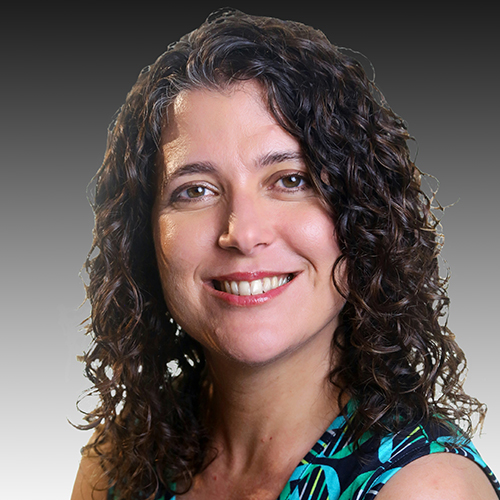
contributing editor
Sarah Webb
Sarah Webb is senior contributing editor at American Scientist. She is also senior science writer at the Krell Institute.
Her writing has appeared in Discover, Science News, Nature, Knowable, Chemical & Engineering News, Nature Biotechnology, and many other publications. She also edits for Chemical & Engineering News and has written and edited for Science News for Students.
Sarah contributed to The Science Writers’ Handbook (Da Capo, 2013) and led the development and daily operations of the book’s blog and website. She was a member of the Bracing for Impact project, which produced crowdfunded environmental journalism on the Beacon platform. In addition, she coordinated research for the astronomy exhibits at Griffith Observatory.
Sarah’s scientific work was at the intersection of chemistry and biology. She completed a PhD in chemistry at Indiana University and a BA in German and BS in Chemistry at Furman University. She also studied organic chemistry as a Fulbright Fellow in Germany. She lives in Chattanooga, Tennessee, where she founded and moderates the science café, Chatt About Science.
URL: sarahannewebb.com
Twitter:
@sarahwebb
Brian Hayes wrote the "Computing Science" column in American Scientist from 1993 to 2015. Earlier he wrote columns on similar themes for Scientific American, Computer Language, and The Sciences. His work has appeared in a number of other publications, including The American Scholar, Discover, Natural History, and The New York Times Book Review, as well as anthologies such as The Norton Reader, The Best American Science and Nature Writing, and The Best Writing on Mathematics. His book Infrastructure: A Field Guide to the Industrial Landscape was published in 2005 by W. W. Norton. A selection of his columns, titled Group Theory in the Bedroom, and Other Mathematical Diversions, was published by Hill and Wang in 2008. He also writes about mathematics and computation at his web site: bit-player.org.
Hayes was an editor at Scientific American in the 1970s and 1980s, and from 1990 to 1992 he served as editor of American Scientist. He has been journalist in residence at the Mathematical Sciences Research Institute in Berkeley, California, and has made extended visits to the International Centre for Theoretical Physics in Trieste, Italy. Since 2010 he has been an associate of the School of Engineering and Applied Sciences at Harvard University.
Twitter: @bit_player
